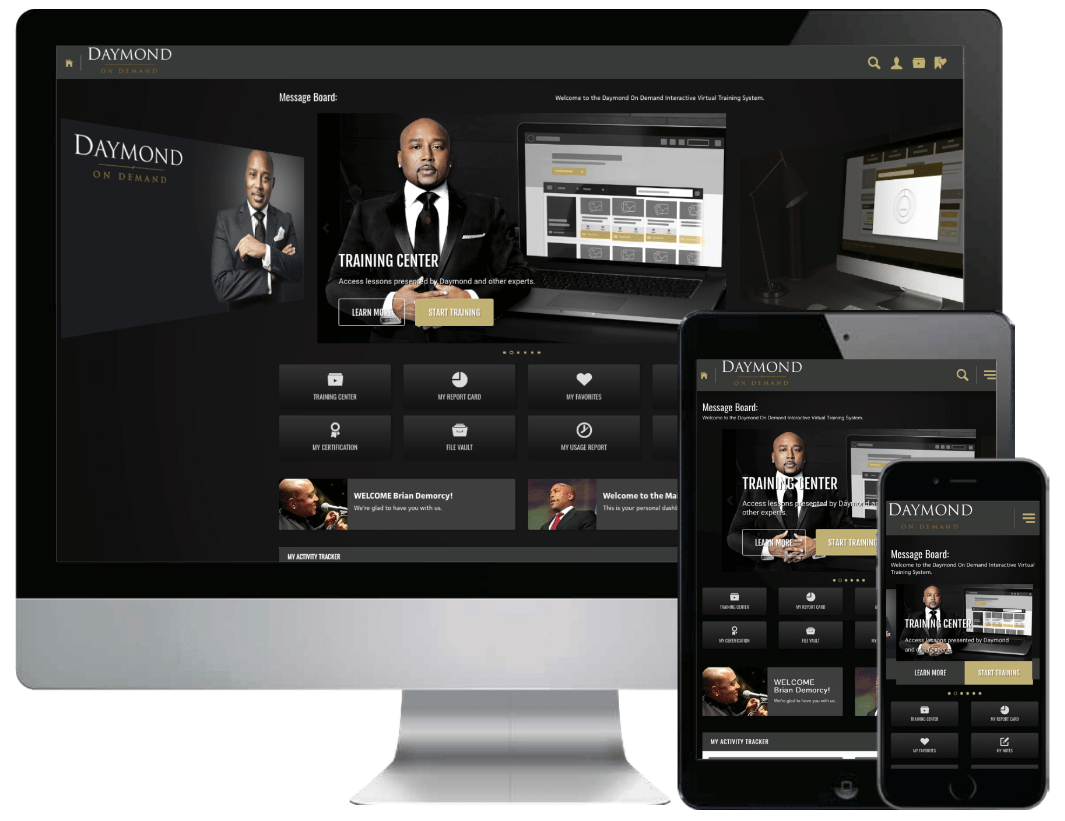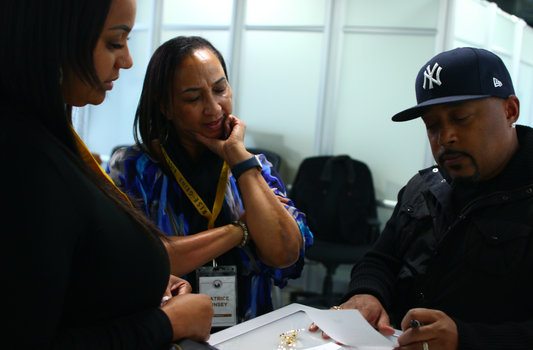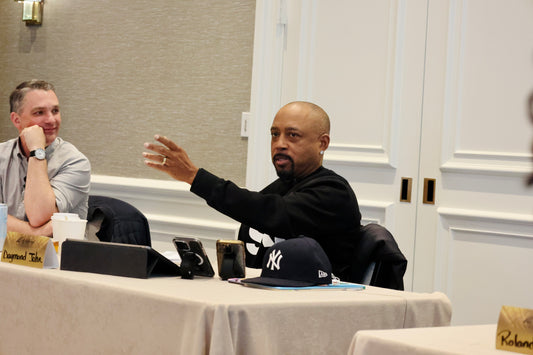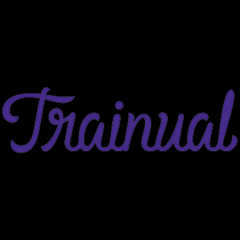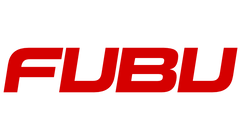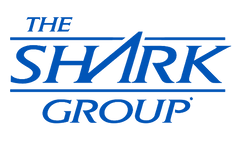Does something look a little off to you? Well, it should. We often see Hershey’s logo on Reese’s packaging, but you don’t see the Hershey’s logo anywhere here. Instead you see Betty Crocker’s signature spoon. What this picture shows you is a great example of what brand extension and licensing looks like; here is Reese’s in the world of dessert mix—a category Betty Crocker is deeply rooted in.
On Shark Tank you often hear us say, “We should license this product out.”
Let’s reference our image to better explain what licensing is. First thing you need to know is that in licensing, there are two (or more) parties involved; there’s a licensor and a licensee. In this case Reese’s/Hershey’s is the licensor and Betty Crocker is the licensee. The licensee’s responsibility is to produce, advertise, market and distribute the product while the licensor collects royalties ranging from 5%-15%. Betty Crocker handles the production, marketing sales and distribution because of its experience and expertise in the market position to generate revenue that Reese’s isn’t equipped to do on its own.
The reason why businesses do this is to generate more revenue together when it’s done strategically. Reese’s can generate more revenue by extending its brand into an unfamiliar area; in return Betty Crocker increases its revenues by renting a legendary brand that is appealing.
This is a win-win scenario. What do you think?
